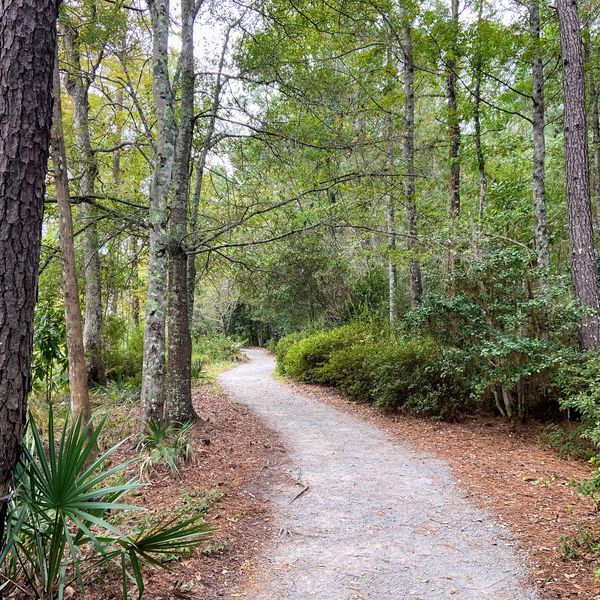About Sandlapper Forensic Consulting

Who is Sandlapper Forensic Consulting?
Sandlapper Forensic Consulting, (also known simply as “Sandlapper Forensics”) is a single-member limited liability corporation (LLC) dedicated to providing quality, complete, unbiased, and unassailable forensic consultation and examinations in the field of firearm and tool marks, as well as the subdiscipline of shooting scene reconstructions. Sandlapper Forensics was originally established under the name of Palmetto Firearms Training and Consulting in 2012. Under this name, the services also included a wide array of firearms training to the general public. In 2024 the mission was narrowed to forensics only and the new name was duly adopted and the name properly changed with the Secretary of State of South Carolina. Sandlapper Forensics is headquartered in Lexington, South Carolina.

Professional Bio - The Early Years
A 1984 graduate of The Citadel in Charleston, SC, David began his career as a firearm and tool mark examiner in 1990. He was hired by the S.C. State Law Enforcement Division (SLED) and entered their firearm and tool mark examiner training program. He completed that training in 1993 and was certified. David worked in the Firearms Department of the SLED Forensic Services Laboratory for 12 years, handling cases from all over South Carolina. During that span he had the opportunity to assist training prosecutors at the National Advocacy Center at the University of South Carolina and serve as the lead examiner in the establishment of the National Integrated Ballistics Identification Network (NIBIN) at SLED.
In 2002, David was recruited by Sheriff Leon Lott of the Richland County Sheriff’s Department in Columbia, South Carolina to establish a firearm and tool mark laboratory. He served as the first supervisor and technical leader of that unit, and assisted in helping the laboratory obtain ASCLD-LAB International accreditation. The firearms laboratory grew under David’s supervision, allowing him to consider another track in his law enforcement career.
David established Palmetto Firearms Training and Consulting in 2012 to offer firearms instruction and forensic services as an independent firearm and tool mark examiner.

Professional Bio - Currently...
.
David transitioned to the RCSD Training Unit in 2018 to satisfy a long desire to serve as a firearms instructor. He has continued in that role to this date, becoming certified by both the S.C. Criminal Justice Academy and the National Rifle Association (NRA) as a law enforcement firearms instructor for handgun, shotguns, and patrol rifles. He also holds additional instructor certifications in the use of optic mounted handguns, less lethal weapons (baton, TASER, OC spray, less lethal projectiles, chemical munitions), and in Tactical Emergency Casualty Care (“TECC”).
David was reassigned to the Forensic Sciences Laboratory to once again function as a firearm and tool mark examiner in February of 2025. He continues his employment there as well as operating Sandlapper Forensics.

Personal Bio
David’s interest in firearms began at an early age, as soon as he was safely able to handle them. Coming from a family of outdoorsmen, he is an avid hunter and fisherman.
David also is an enthusiastic competitor, starting with his time as a member of the collegiate pistol team at The Citadel in 1980. He has competed in IDPA, USPSA, skeet, sporting clays, and 3-gun competitions, but focuses most of this time shooting in NRA Police Pistol Combat (PPC) tournaments, a law enforcement-only discipline where he has remained in the top 20 shooters in South Carolina (“Governors 20”) since 2015.
David resides in Lexington, South Carolina with his wife. He has two sons and five grandchildren. David also enjoys traveling with his wife, having visited India, Kenya, England, France, Ireland, Canada, Argentina, and most of the Caribbean.

What is a "Sandlapper"
Per local sources - Sandlapper was among the earliest nicknames for South Carolinians, used from the late 1700s to the early 1800s. The term was never widely circulated in the state and was used more frequently in reference to South Carolinians who lived in the sandy eastern part of the state.
It is also reputed to be a term coined by George Washington while visiting Columbia and Lancaster (South Carolina) in 1791. While there, he is said to have called the people living on the sands near the river shores sandlappers.
This website uses cookies.
We use cookies to analyze website traffic and optimize your website experience. By accepting our use of cookies, your data will be aggregated with all other user data.